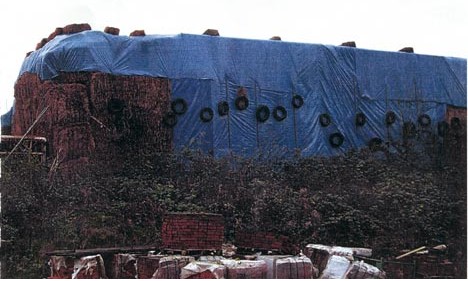
Omotesandō in a trendy, upscale shopping street in Tokyo filled with over the top architecture designed by, almost exlusively, big names. It stretches from Harajuku to Takeshita and Aoyama-dori, which probably means nothing to you, so here’s a really cool Google map. The people over at PinkMag made a guide of Omotesandō architecture covering all the major buildings and that’s bootyshakingly awesome. I’ll try to upload slideshows of all the buildings throughout the day so edits will follow.
(via: PingMag)









